Subscribe to our ▶️YouTube channel🔴 for the latest videos, updates, and tips.
Home | About Us | Contact Us | Privacy | Math Blog
Problems on Trigonometric Ratios of an Angle
We will learn how to solve different types of problems on trigonometric ratios of an angle.
1. Which of the six trigonometric function are positive for x = -10π/3?
Solution:
Given, x = -10π/3
We know that terminal position of x + 2nπ, where n ∈ Z, is the same as that of x.
Here, -10π/3 + 2 × 2π = 2π/3, which lies in the second quadrant.
Note: This process of finding a co-terminal angle or reference number results in an angle or number α, 0 ≤ α < 2π, so that we can determine in which quadrant the given angle or number lies.
Therefore, x = -10π/3 lies in the second quadrant.
Hence, sin x and csc x are positive while the other four trigonometric functions i.e. cos x, tan x, cot x and sec x are negative.
2. Express cos (- 1555°) in terms of the ratio of a positive
angle less than 30°.
Solution:
cos(- 1555°) = cos 1555°, since we know cos (- θ) = cos θ]
= cos (17 × 90° + 25°)
= - sin 25°; since the angle 1555° lies in the second
d quadrant and cos ratio is negative in this quadrant. Again, in the angle 1555° = 17 × 90° + 25°, multiplier
of 90° is 17, which is an odd integer ; for this reason cos ratio has changed
to sin.
Note: The trigonometrical ratio of an angle of any magnitude can always be expressed in terms of ratio of a positive angle less than 30°.
3. If θ = 170° find the sign of (sin θ + cos θ)
Solution:
sin θ = sin 170° = sin (2 × 90° - 10°) = sin 10°
and cos θ = cos 170° =
cos (1 × 90° + 80°)= - sin 80°
Therefore, sin θ + cos θ = sin 10° - sin 80°
Since sin 10° > 0, sin 80° > 0 and sin 80°
> sin 10°, thus sin 10° - sin 80° < 0 (i.e. negative) so, the value of (sin θ +
cos θ) is negative.
4. Find the value of cos
200° sin 160° + sin (- 340°) cos (- 380°).
Solution:
Given, cos 200° sin 160° + sin
(- 340°) cos (- 380°)
= cos (2 × 90° + 20°) sin (1 × 90° + 70°) + (- sin 340°) cos 380°
= - cos 20° cos 70° - sin (3 × 90° + 70°) cos (4 × 90° + 20°)
= - cos 20° cos 700 - (- cos 70°) cos 20°
= - cos 200 cos 70° + cos 70° cos 20°
= 0
● Trigonometric Functions
- Basic Trigonometric Ratios and Their Names
- Restrictions of Trigonometrical Ratios
- Reciprocal Relations of Trigonometric Ratios
- Quotient Relations of Trigonometric Ratios
- Limit of Trigonometric Ratios
- Trigonometrical Identity
- Problems on Trigonometric Identities
- Elimination of Trigonometric Ratios
- Eliminate Theta between the equations
- Problems on Eliminate Theta
- Trig Ratio Problems
- Proving Trigonometric Ratios
- Trig Ratios Proving Problems
- Verify Trigonometric Identities
- Trigonometrical Ratios of 0°
- Trigonometrical Ratios of 30°
- Trigonometrical Ratios of 45°
- Trigonometrical Ratios of 60°
- Trigonometrical Ratios of 90°
- Trigonometrical Ratios Table
- Problems on Trigonometric Ratio of Standard Angle
- Trigonometrical Ratios of Complementary Angles
- Rules of Trigonometric Signs
- Signs of Trigonometrical Ratios
- All Sin Tan Cos Rule
- Trigonometrical Ratios of (- θ)
- Trigonometrical Ratios of (90° + θ)
- Trigonometrical Ratios of (90° - θ)
- Trigonometrical Ratios of (180° + θ)
- Trigonometrical Ratios of (180° - θ)
- Trigonometrical Ratios of (270° + θ)
- Trigonometrical Ratios of (270° - θ)
- Trigonometrical Ratios of (360° + θ)
- Trigonometrical Ratios of (360° - θ)
- Trigonometrical Ratios of any Angle
- Trigonometrical Ratios of some Particular Angles
- Trigonometric Ratios of an Angle
- Trigonometric Functions of any Angles
- Problems on Trigonometric Ratios of an Angle
- Problems on Signs of Trigonometrical Ratios
11 and 12 Grade Math
From Problems on Trigonometric Ratios of an Angle to HOME PAGE
Didn't find what you were looking for? Or want to know more information about Math Only Math. Use this Google Search to find what you need.
Recent Articles
-
Area of Rectangle Square and Triangle | Formulas| Area of Plane Shapes
Jul 18, 25 10:38 AM
Area of a closed plane figure is the amount of surface enclosed within its boundary. Look at the given figures. The shaded region of each figure denotes its area. The standard unit, generally used for… -
What is Area in Maths? | Units to find Area | Conversion Table of Area
Jul 17, 25 01:06 AM
The amount of surface that a plane figure covers is called its area. It’s unit is square centimeters or square meters etc. A rectangle, a square, a triangle and a circle are all examples of closed pla… -
Worksheet on Perimeter | Perimeter of Squares and Rectangle | Answers
Jul 17, 25 12:40 AM
Practice the questions given in the worksheet on perimeter. The questions are based on finding the perimeter of the triangle, perimeter of the square, perimeter of rectangle and word problems. I. Find… -
Formation of Square and Rectangle | Construction of Square & Rectangle
Jul 16, 25 11:46 PM
In formation of square and rectangle we will learn how to construct square and rectangle. Construction of a Square: We follow the method given below. Step I: We draw a line segment AB of the required… -
Perimeter of a Figure | Perimeter of a Simple Closed Figure | Examples
Jul 16, 25 02:33 AM
Perimeter of a figure is explained here. Perimeter is the total length of the boundary of a closed figure. The perimeter of a simple closed figure is the sum of the measures of line-segments which hav…

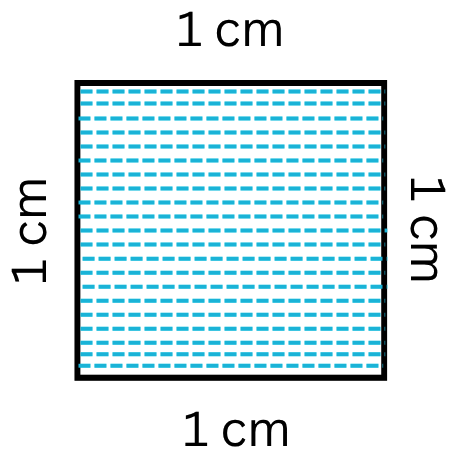
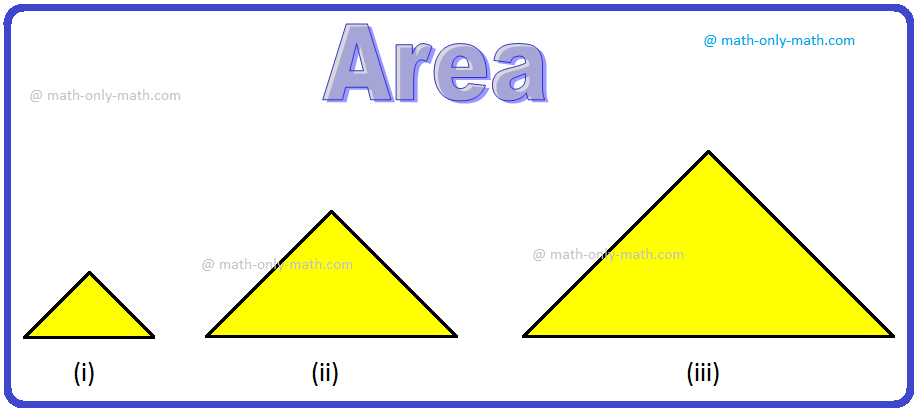
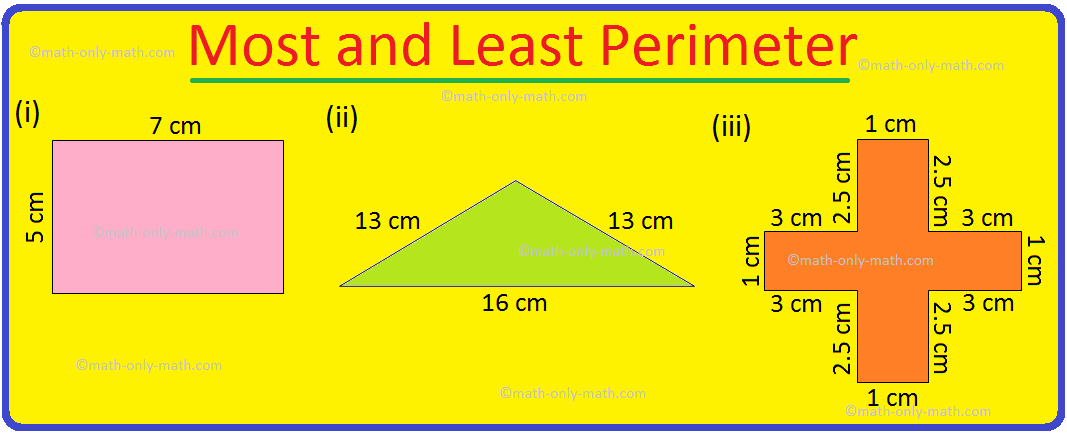
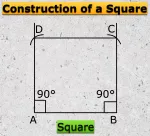
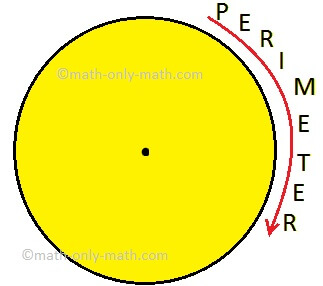
New! Comments
Have your say about what you just read! Leave me a comment in the box below. Ask a Question or Answer a Question.